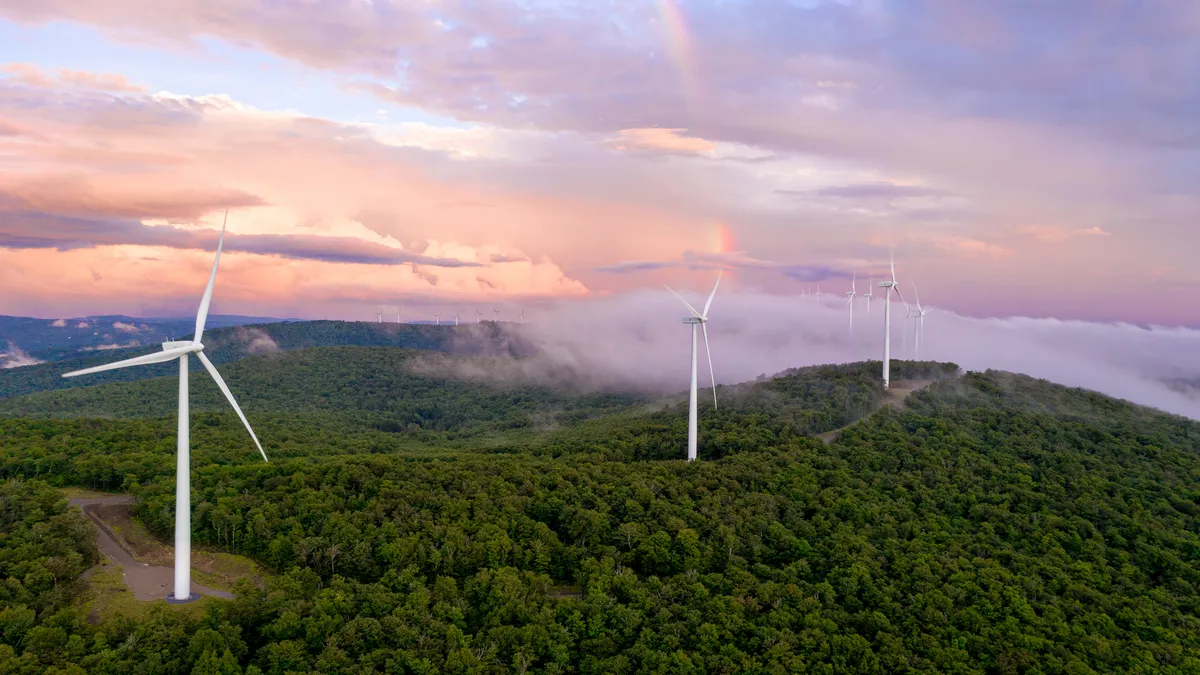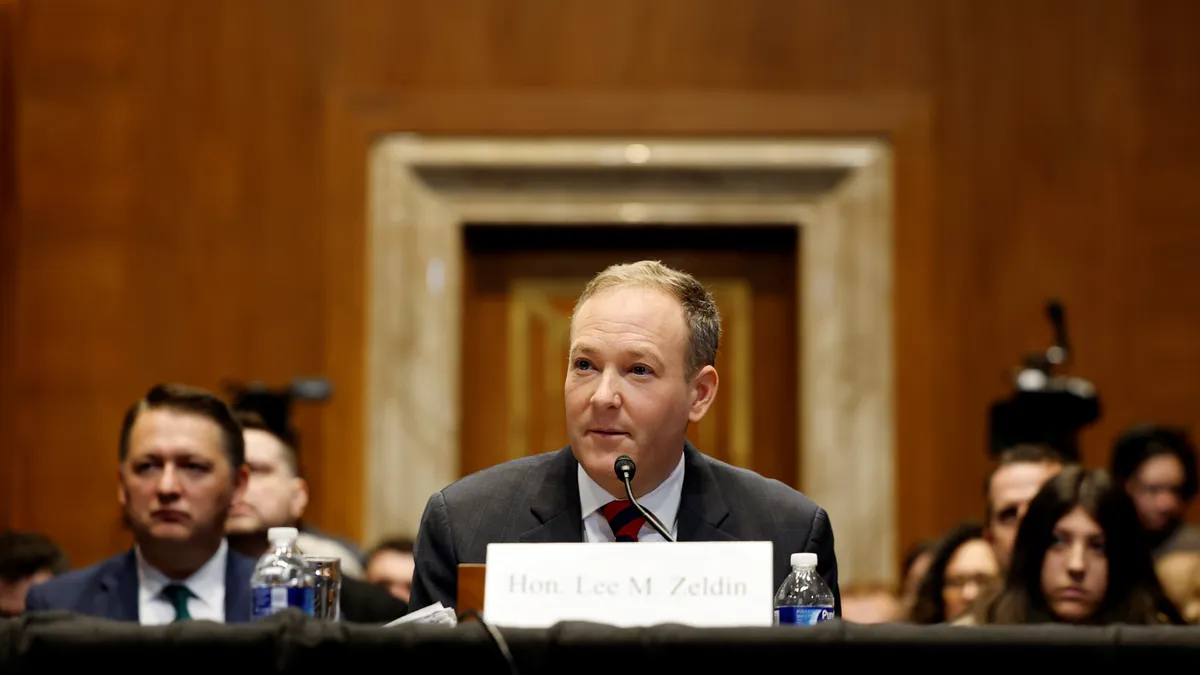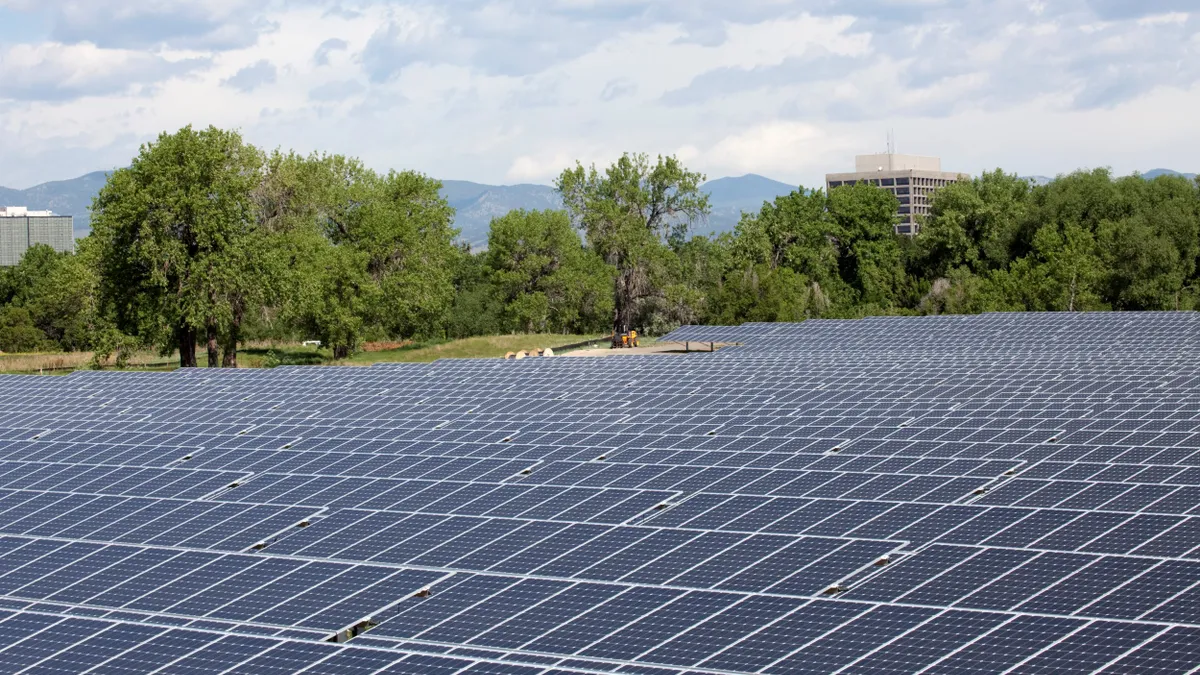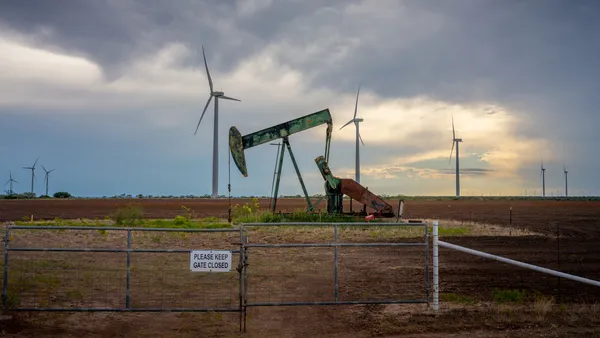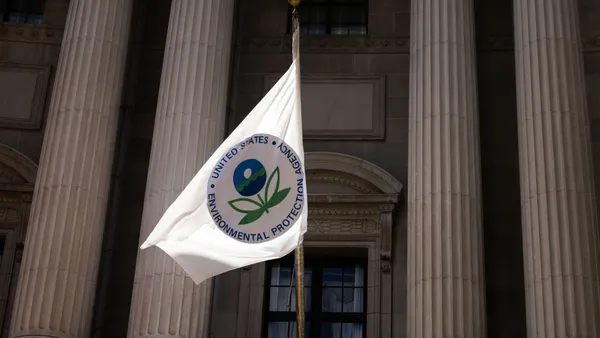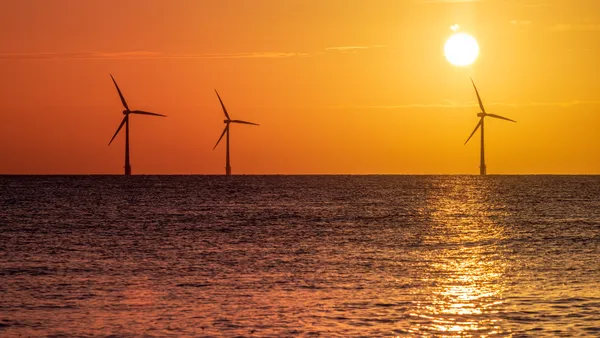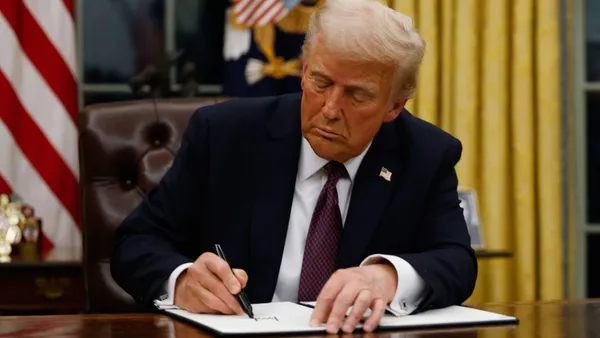Dive Brief:
- Tariffs proposed by the Trump administration — some of which have already taken effect — could increase onshore wind turbine costs by 7% and overall project costs by 5%, according to analysis by Wood MacKenzie.
- The increased costs could trigger a 3% to 9% cut in new wind capacity installed anually through 2028, according to Endri Lico, principal wind supply chain analyst for Wood Mackenzie. Deployment could slow as much as 20% to 30% after 2028 if the tariffs remained in place, Lico said.
- Onshore wind is generally less reliant on imports than other U.S. industries and could adapt to new tariffs. However, ongoing political and economic uncertainty could deter investment in domestic manufacturing, which could alleviate some of the tariffs' impacts, Lico said.
Dive Insight:
Onshore wind developers are generally well-positioned to adapt to the Trump administration's stated trade policies, but they wouldn't escape a potential trade war completely unscathed, according to Wood Mackenzie.
The global consulting firm estimates that the tariffs currently proposed by the Trump administration — a 25% duty on imports from Mexico and Canada and an additional 10% on Chinese imports on top of existing tariffs — could increase the levelized cost of wind energy by 4% over the next few years. A universal 25% tariff would increase the cost of wind energy by 7%, according to Wood Mackenzie.
President Trump has delayed the implementation of tariffs on Mexico and Canada, but the 10% tariff on Chinese imports has already taken effect. Wood Mackenzie did not break out the potential impact of the individual tariffs, Lico said.
U.S. wind developers are generally less dependent on imports than their counterparts in the solar industry, but they still rely heavily on imported components like blades, drivetrains and electrical, according to Wood Mackenzie. Forty-one percent of the industry's $1.7 billion in imports come from Mexico, Canada and China as of 2023.
Wind developers would likely adapt to the tariffs and find cheaper supplies elsewhere, Lico said. But they probably won't be able to keep pace with the rapid shifts in policy that are expected under the Trump administration, Lico said.
He thought it was unlikely that the tariffs would prompt additional investment in domestic supply chains.
“With the current uncertainty around wind that exists in the U.S., that is a high-risk bet,” he said.
Projects set to come online in 2025-2026 are likely insulated from the tariffs because developers will have already secured needed materials, Lico said. But while the onshore wind industry should continue to grow in the U.S., the tariffs could impair the sector's ability to rebound from some of the challenges it has seen in recent years with supply chain disruptions from Covid-19 and interconnection delays, he said. The tariffs’ impact will intensify over time, potentially cutting total wind generation deployed by nearly a third by the end of this decade, Lico said.
Development trends would not immediately return to their pre-tariff levels if the tariffs were removed under a future administration, given the lead times needed to ramp up production of key wind turbine components, Lico said.
“We still believe there will be an onshore wind market in the U.S., because the fundamentals are quite strong,” he said. “They have the capability to overcome these tariffs to a big extent, but not to a full extent. ... At the end of the day [tariffs] add even more uncertainty to the market, and the last thing the wind industry wants right now is policy uncertainty, especially in the supply chain.”


